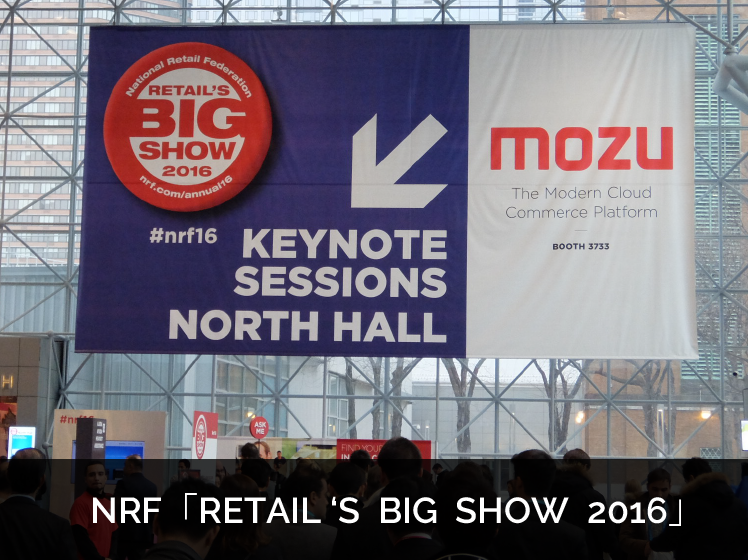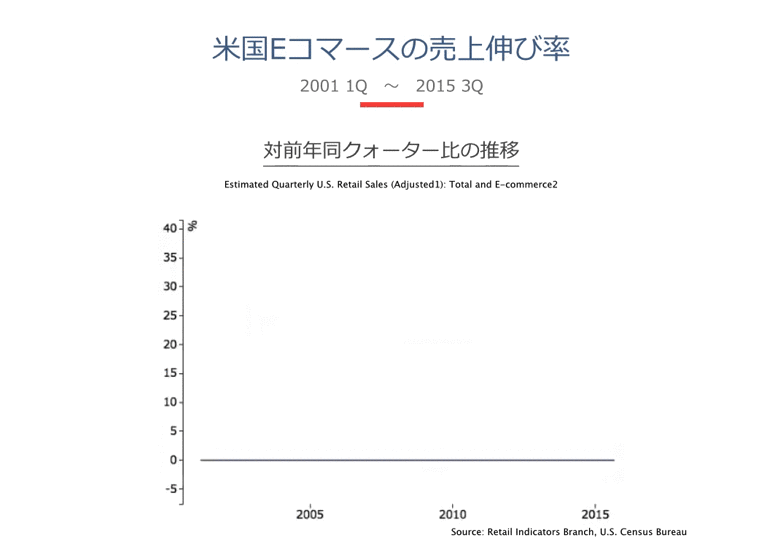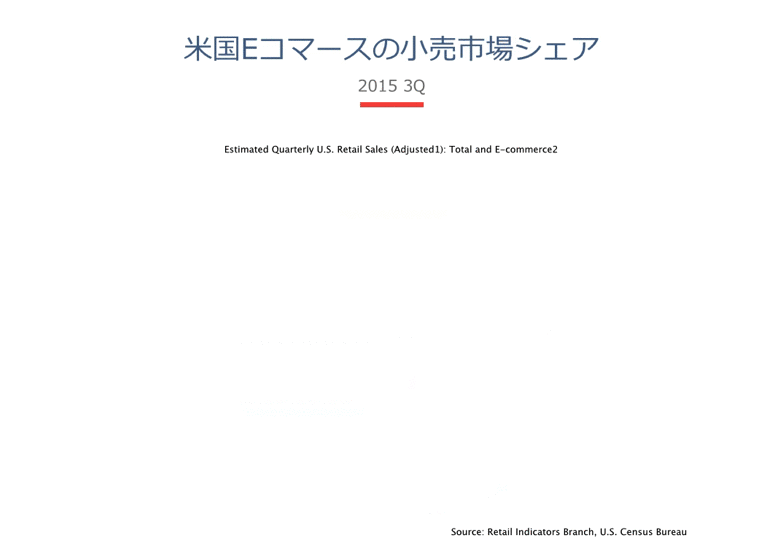I'm Akimoto, a researcher at Dentsu Inc.'s "Human Flow Lab." I attended the NRF "RETAIL'S BIG SHOW 2016," one of the largest retail conventions in the U.S., to observe and learn about the latest retail technology and marketing trends. I'd like to report on what I saw. Part 1 covers trends in the U.S. retail industry, while Part 2 focuses on indoor positioning.
What is "RETAIL'S BIG SHOW 2016"?
This is the annual convention hosted by the NRF (National Retail Federation). Now in its 105th year, it's a flagship industry event where distributors, brands, and technology vendors gather to share knowledge and network. Its defining feature is how strongly it reflects the trends shaping the retail industry.
Why the US?
The U.S. is Amazon's home turf. The sense of crisis among brick-and-mortar retailers is extremely strong, and more pioneering initiatives are tested here. This creates an environment conducive to absorbing advanced technologies and insights.
Disruptor or disrupted?
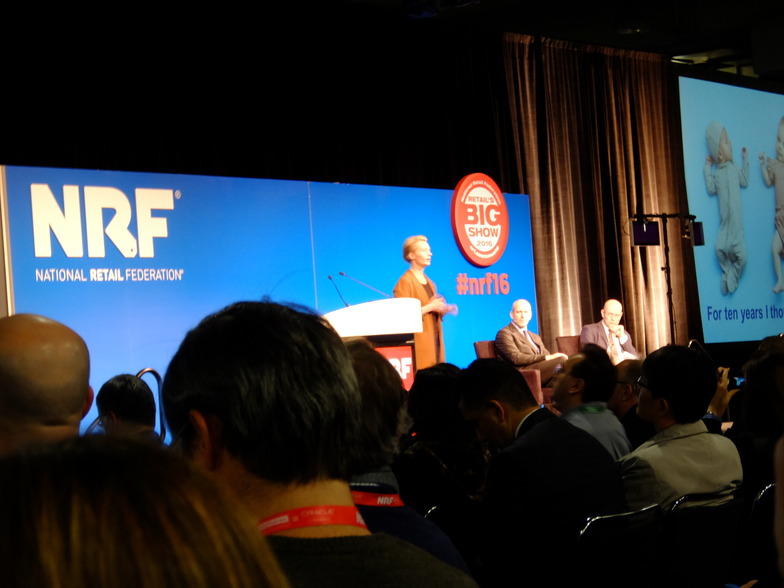
The atmosphere at the venue was bright and vibrant. Many attendees expressed sentiments like, "E-commerce services haven't penetrated as deeply as we thought. If we harness the power of the internet, we can compete effectively." Even long-time attendees remarked, "The sense of urgency that had lingered for years has eased."
In fact, the growth rate of U.S. e-commerce services has slowed in recent years.
Given that the U.S. retail industry is a massive market exceeding $1.1 trillion per quarter, e-commerce still accounts for less than 10% of the entire retail market.
The NRF leader encouraged the industry, stating, "If we relax here, our business will be disrupted. Let's not slow down, but execute more innovative challenges and lead the global economy as disruptors." I believe this mindset and attitude—aiming not just to return to zero but to surge into positive territory—is what fuels technological evolution and America's strength.
Consumer Experience
Regarding the question, "So how exactly do we evolve our business?", the recurring message was: "We must leverage technology to maximize the strengths of physical stores and significantly enhance the Consumer Experience."
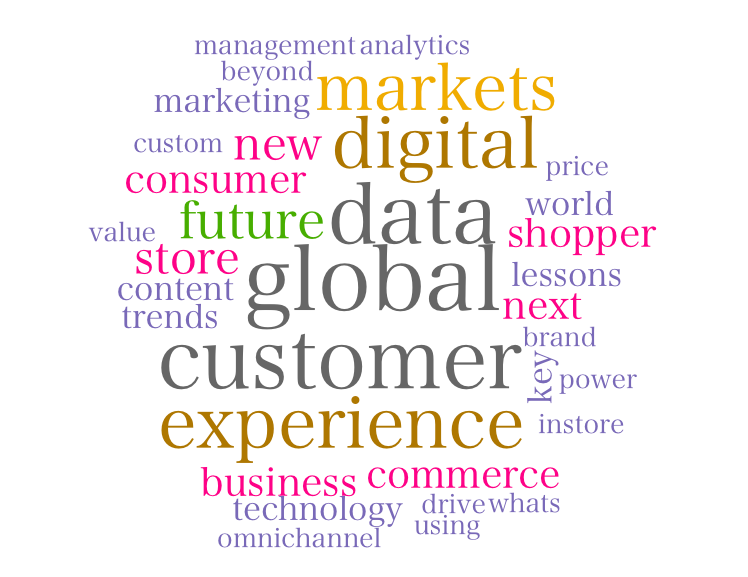
This word cloud was created from seminar/session titles. Keywords across the entire event, including the exhibition hall, can be summarized into five: "Consumer Experience (Consumer Centric)," "Big Data," "Personalization," "In Store," and "Mobile." A key challenge identified was that "while omnichannel and digitalization have certainly advanced in recent years, individual initiatives remain isolated, and optimization to enhance the customer experience is lacking."
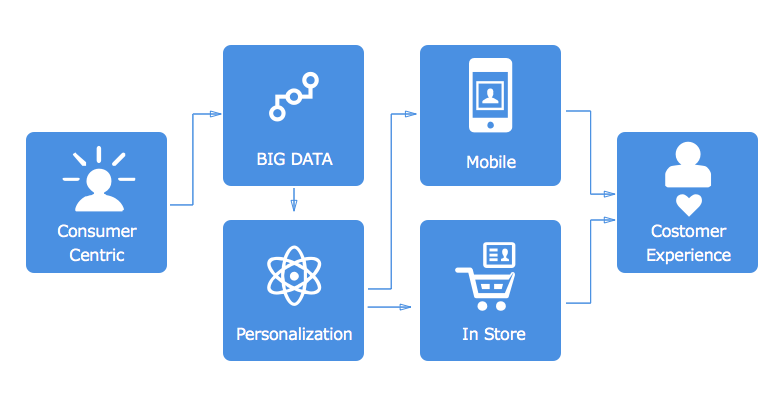
The solution approach discussed at the venue was to plan around "Consumer Centric," leverage "Big Data" to advance "Personalization," and use this foundation to improve the quality of communication in "In Store" and "Mobile" to ultimately enhance the "Consumer Experience."
Walmart's Initiatives
Walmart, the world's largest supermarket chain. While it made headlines last year when Amazon surpassed it in market capitalization, the trump card expected to drive its comeback is @WalmartLabs, whose presentation we had the opportunity to hear. They employ over 3,000 data scientists, handling everything from data collection and analysis to prototyping initiatives.
The sheer volume of data collected from their massive network was overwhelming, and without a foundation to utilize it, they reportedly spent two and a half of the last four years building infrastructure. Only recently have services integrated with this data begun to emerge and show results.
Two examples were highlighted. The first is "In Store Navigation."
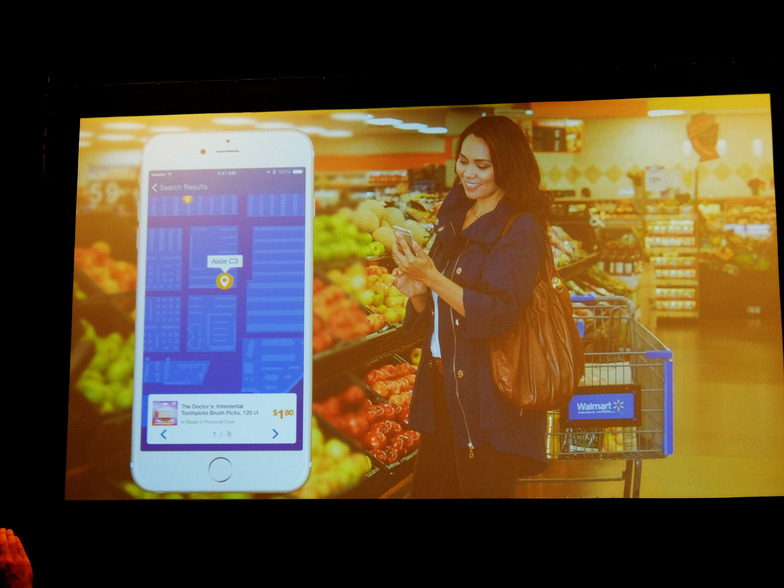
The motivation for consumers visiting physical stores is "being able to get their hands on products immediately." However, finding items within Walmart's vast stores was often difficult, leading to consistently high demand for shopping assistants and causing consumer stress. To address this, they added an in-store navigation feature to their smartphone app, allowing consumers to locate desired products themselves. Maintaining a system that constantly updates "in-store layout information and shelf allocation data for over 5,000 stores" to ensure accuracy was reportedly quite challenging. However, the result was a significant increase in customer satisfaction.
The second feature is "eReceipts."
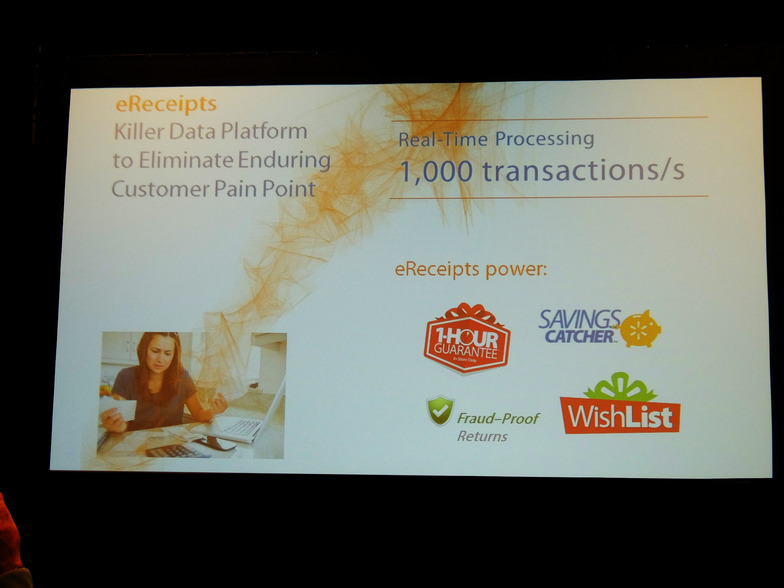
Noticing consumer frustration with "manually transcribing receipts into household ledgers" and "the pain of searching for Christmas or birthday gifts," Walmart implemented smartphone app features linked to shopping lists and discount services. When purchasing items from a list, they are crossed off and recorded as an electronic receipt. If the purchase includes discount-eligible items, a redeemable credit is automatically applied for future use.
Since Walmart previously did not issue membership cards, this "eReceipts" system allows them to capture the data needed for "Personalization." It is also reported to be highly beneficial for inventory management. Meanwhile, consumers are freed from the hassle and gain discount benefits, making it a service that works to the advantage of both parties.
The second part will focus on indoor positioning.

